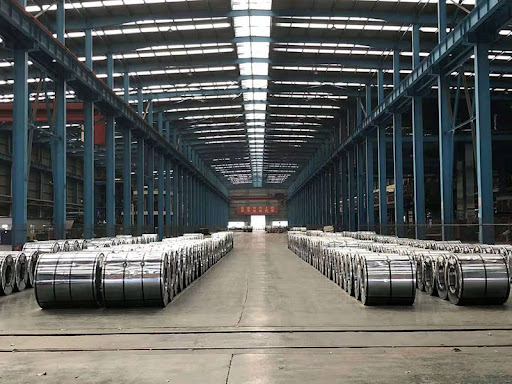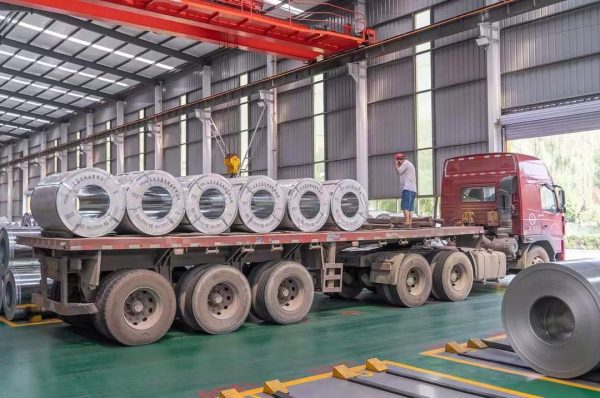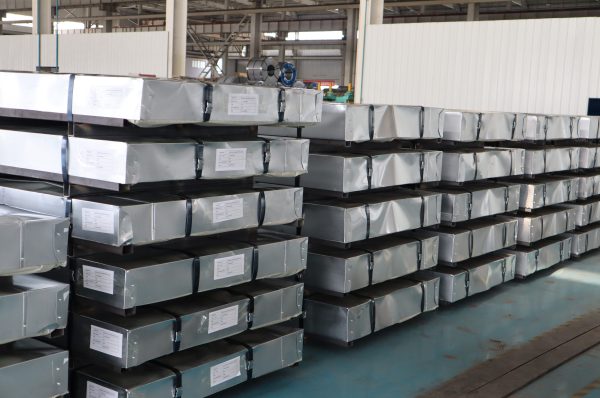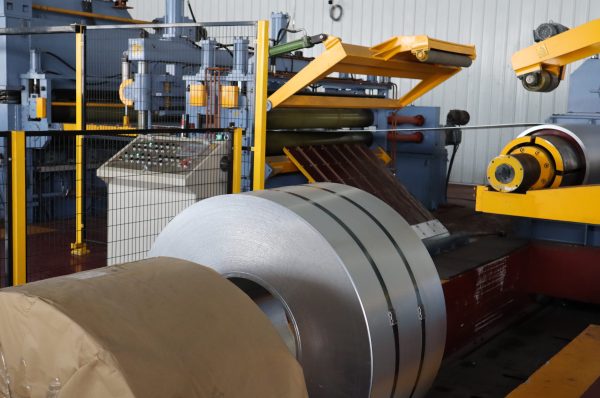As manufacturing processes have evolved and become more complex, the options available to steel buyers have expanded to meet many unique needs across a wide range of industries.
But not all steels are created equal. Piping industry professionals can become better buyers by examining the types of steel available today and understanding why some steels make good pipe and others do not.
This overview should help.
- Carbon steel
Steel is made by adding carbon to iron, which is relatively weak on its own. In modern industry, carbon is the most prominent addition to an iron material, but alloying elements of all kinds are common.
In fact, alloying elements are common even in piping products that are still considered carbon steel.
According to the American Iron and Steel Institute (AISI), a ferrous material is designated as carbon steel if its core composition is specified to contain no more than 1.65 per cent manganese, 0.60 per cent silicon and 0.60 per cent copper, and if no minimum content is specified for other alloying elements.
Carbon steel pipe is widely used in many industries because of its strength and ease of fabrication. Because it contains relatively few alloying elements and in low concentrations, carbon steel pipe is relatively inexpensive.
However, it’s not suitable for use at extreme temperatures or high pressures because the lack of alloying elements makes it less resistant to the stresses involved.
- Alloyed steel
Alloyed steels are what they sound like: Steels that contain certain amounts of alloying elements. In general, alloying elements make steels stronger and more resistant to impact or stress. While the most common alloying elements are nickel, chromium, molybdenum, manganese, silicon and copper, many others are used in the manufacture of steel.
There are countless combinations of alloys and concentrations used in industry, with each combination designed to achieve specific properties.
In the piping industry, high-alloy steels are favoured for use in extreme conditions, whether hot, cold or harsh. That’s because the combination of chemistry and proper heat treatment can produce strong yet ductile pipes that can take a beating. The oil and gas and power generation industries often favour alloy pipe for its toughness.
Alloying elements also make steel pipe more resistant to corrosion. This also makes it a leading choice for chemical companies.
- Stainless Steel
The term is a bit of a misnomer. There’s no single combination of iron and alloying elements that makes stainless steel what it is. Instead, stainless steel refers to the fact that products made from it will not rust.
Alloys in stainless steel can include chromium, manganese, silicon, nickel and molybdenum. These alloys work together to interact with oxygen in water and air to quickly form a thin but strong film over the steel, preventing further corrosion.
Naturally, stainless steel pipe is used in any industry where corrosion protection is required. Although stainless steel tubing is essentially alloy tubing by another name, it’s not well suited to extreme service unless it’s been properly heat treated to increase strength and impact resistance.
Because of its aesthetic appeal, stainless steel is often chosen where pipe needs to be visible in public or professional environments.
- Tool steels
Tool steels are what turn other types of steel into products or equipment used in industry. They need to be incredibly strong, tough, ductile and resistant to corroding. They also have to be able to hold their cutting edge and keep their shape when exposed to high temperatures. To achieve these properties, these steels contain very high concentrations of alloying elements and are precisely heat treated.
Sometimes referred to as super alloys, tool steels are not well suited to piping products. For one thing, incorporating higher levels of alloy makes tool steels more expensive to produce. Secondly, the amount of alloying elements present in tool steels makes them more difficult to form into piping products. Finally, pipes don’t need cutting edges.
It’s cheaper and easier to use comparatively softer, low-alloy steels to form the pipe and then heat-treat it to a specified hardness.
Learn more about the types of steel used in piping
The complex chemistry and metallurgy involved in steel production can be difficult to understand, but it’s helped industries refine and improve their critical processes.
Become a better buyer by learning more about the types of steel that work well for specific piping applications. Then choose a supplier that offers superior inventory, value-added services and global market experience.
If need steel, contact susiefu@bjcxsteel.com/+8618235325348 via WhatsApp.




